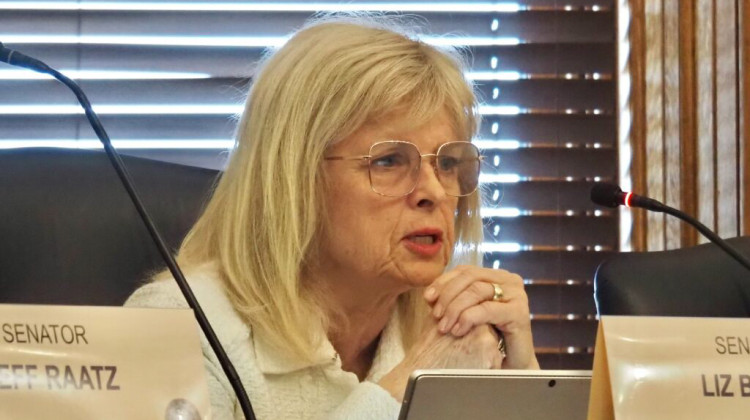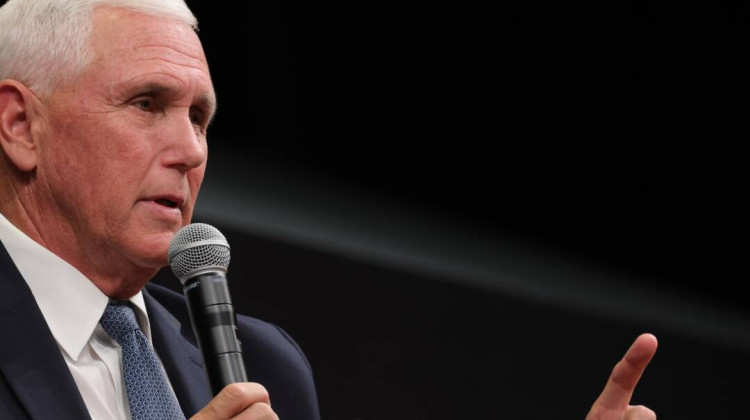
Both Cleveland Cliffs plants in Indiana, including this Burns Harbor facility, and the U.S. Steel plant in Gary also top the list for most toxic releases from state industrial facilities — which includes Indiana's coal plants.
Ken Lund / FlickrThe Environmental Protection Agency wants to cut down on toxic air pollution at steel mills. While steel companies say the agency’s proposed rule goes too far, northwest Indiana residents and environmental activists say it doesn’t go far enough.
The rule would tighten some emissions limits and regulate five new pollutants at sinter plants — which use iron ore dust and other materials to make a product for use in steel blast furnaces.
Steel plants would also have to monitor their fence lines for chromium every six days. Chromium is a toxic heavy metal that serves as a bellwether for other pollutants. If the levels of chromium get too high, steel plants would have to take action to lower those emissions.
Hilary Lewis is with a group that wants to reduce industrial pollution, called Industrious Labs. She said a 2019 EPA memo said steel plants have the ability to cut emissions from leaks by 65 percent, but that the agency is only proposing a 15 percent cut.
“These facilities disproportionately harm environmental justice communities. Asking for less than what is possible is unacceptable," Lewis said.
Environmental groups said the EPA should also require steelmakers to monitor more pollutants and more often.
Join the conversation and sign up for the Indiana Two-Way. Text "Indiana" to 73224. Your comments and questions in response to our weekly text help us find the answers you need on statewide issues, including this series on climate change and solutions.
Under the proposed rule, steel plants that have low average chromium emissions for a year would no longer have to monitor. Lewis said, with the age of many of these steel plants, that would be a mistake.
Steelworkers say the rule would be too strict. Dwayne Joyner is with the union that represents workers at US Steel Gary Works. He said the cost needed to comply with the rule would raise the price of domestic steel.
“Bottomline is, a ton of steel made from an environmentally conscious domestic steel plant is better for our planet than one that is imported from another country with no intentions of playing fair nor the environmental standards that we currently follow," Joyner said.
The EPA said the rule would cost the steel industry more than $3. 9 million a year to comply — which wouldn't have much of an effect on multi-billion dollar companies like US Steel and Cleveland Cliffs. Steelworkers said the actual estimate is likely higher.
A quarter of all the greenhouse gas emissions that come from Indiana industrial facilities are from steel and aluminum plants.
Both Cleveland Cliffs plants in Indiana and the U.S. Steel plant in Gary also top the list for most toxic releases from state industrial facilities — which includes Indiana's coal plants.
Rebecca is our energy and environment reporter. Contact her at rthiele@iu.edu or follow her on Twitter at @beckythiele.
9(MDAyMzk1MzA4MDE2MjY3OTY1MjM5ZDJjYQ000))
 DONATE
DONATE







 Support WFYI. We can't do it without you.
Support WFYI. We can't do it without you.